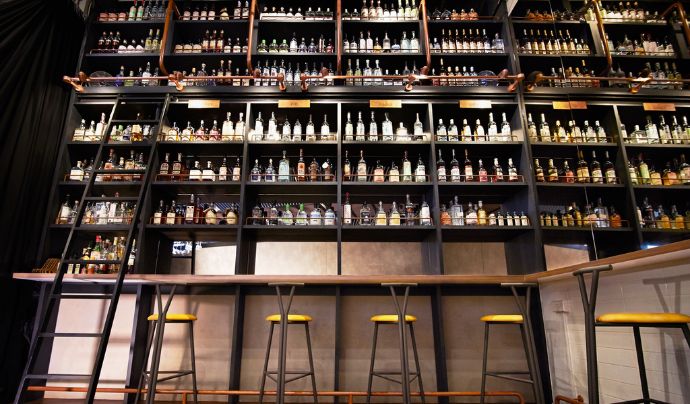
How to do Bar Inventory
Discover effective strategies for managing inventory for seamless operations and a consistent standard of service for customers.
Estimated Reading Time: 7 Minutes
Inventory Variance
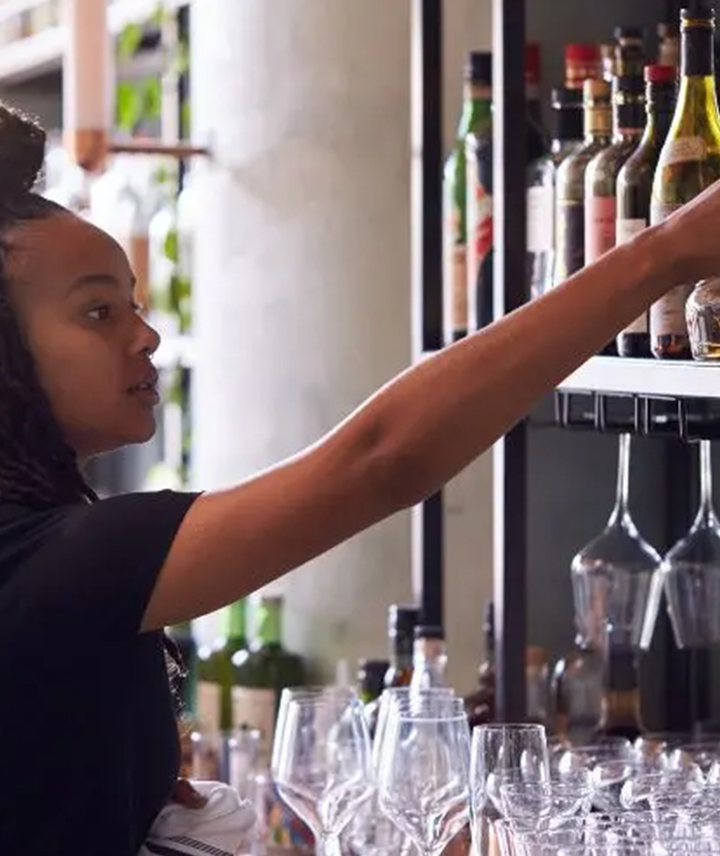
Inventory Variance
Inventory Variance (also known as Inventory Shrinkage) is the amount of inventory that’s been sold compared to the amount that’s been used. Essentially, any ingredient used without being sold. It indicates, either in monetary value or as a percentage, how much product has been paid for and used without revenue.
Inventory shrinkage is an essential component to understanding the financial health of your bar. High variance is a profit-killer, equivalent to pouring your spirits down the drain. While the acceptable industry norm for variance is somewhere between 1-2% of inventory, many bars and restaurant may suffer a variance of between 5-25%. Losing 25% of your stock every month may be the difference between success and survival! As a result, it is vital to minimise inventory variance to remain profitable.
Note: Inventory variance can be measured across the entire inventory or by categories (beers, wines & spirits). Each category, depending on what format it is sold, may have different level of acceptable inventory variance. For example, draught beer may incur higher shrinkage due to foaming and other keg issues, but bottled beer should have a much lower variance.
Calculating Inventory Variance
To calculate inventory variance, we will require two pieces of information: One, the Amount of Inventory Sold and two, the Actual Inventory Usage over the same period.
Inventory Variance = Amount of Inventory Sold - Actual Inventory Usage
In an ideal world, the difference would be zero. However, in the real world, this is highly unlikely so, the smaller the difference, the better.
To find out the amount of inventory sold, pull the data from your POS system or sales record. For actual inventory usage, the formula is similar to calculating COGS (Cost of Goods Sold) but in quantity.
Example
Sales records indicate that 20 bottles of Tanqueray were sold in a month
To calculate Actual Inventory Usage, use Starting Inventory + Purchases – Ending Inventory = (10 bottles + 24 bottles) – 12 bottles = 22 bottles used
The Inventory Variance is Amount of Inventory Sold – Actual Inventory Usage = 20 – 22 = -2 bottles
The Inventory Variance % is calculated by (Variance ÷ Usage) x 100 = (-2 ÷ 22) x 100 = 9%*
Assuming the cost of a bottle of Tanqueray is $45, the loss per month is ($45 x 2) = $90
Projected loss for per year = $90 x 12 = $1080
If total purchases amount to $500,000 per year, then projected loss at 9% variance = $45,000!
*Variance is always expressed in absolute value which means only positive number.
Reasons for Inventory Variance
Knowing that there is a variance (and how high it is) is only the first step. The next is to figure how, where and why it’s happening and take steps to prevent further losses. Usually, variances are caused by some combination of the following reasons:
Theft
Over pour and/or spillage
Unrecorded breakages, spoilage, wrong orders or free drinks
Error in billing / inaccurate keying of orders
Stocktake
To arrive at the actual usage inventory of your bar you need to perform a physical stocktake (bar inventory) twice over a set period of time (a month, a week or every day).
While it’s not the most exciting of tasks, it is mission critical. Any difference between the starting inventory (the first time) and the ending inventory (the second time) is used to draw useful conclusions for the operation of your business.
A guide to a successful stocktake includes:
Plan: Create a detailed outline of the responsibilities, process and timeline.
Choose the Right Time: It will be difficult to conduct an accurate stocktake while the bar is in operation. Pick a time when the bar is closed or very quiet. In some hotels or large establishments, stocktake may be a big affair with all stocks moved to a centralized location and checked in the presence of auditors.
Be consistent: Use the standard measurements for both counts to avoid unwarranted discrepancies (see below for some options).
Be Thorough: Make sure to check all stock, e.g., in fridges, chillers, and storerooms. Keep all storage areas organized and well-lit.
Frequency: Stocktake should take place at regular intervals (daily, weekly, bi-weekly or monthly). Any further apart that monthly will make it difficult to implement corrective actions, if necessary, or trace accountability. Ad hoc inventory is also advisable.
Involve the Right People: Avoid using the normal bar staff to run the stocktake as it creates a conflict of interest. Use trustworthy, detail-oriented and trained personnel to avoid inaccuracies. Consider using third party auditors.
How to Measure Liquor Bottles
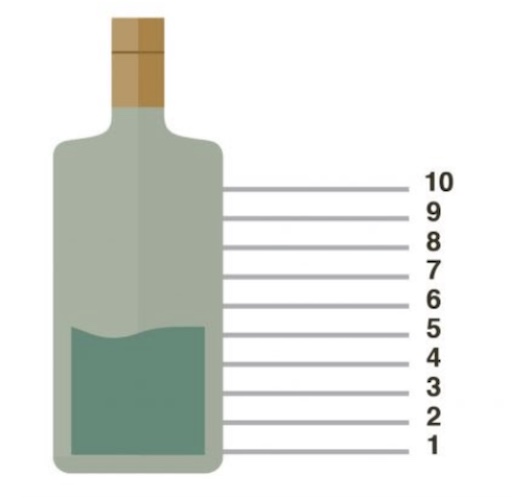
How to Measure Liquor Bottles
Tenth: Visualize each bottle of liquor to be divided into 10 parts and record any usage. A bottle that is half full will be recorded as 0.5 or 5/10. This is simple and fast but not the most effective or accurate.
Pours: If a bottle of spirits has 12oz. content and each standard pour is 1oz, then the bottle will yield 23 pours. This is similar to the tenth system but in smaller units and has similar pros and cons.
Weight: Weighing the bottle full and empty will help determine the actual weight of the liquid content for each brand. Divide the total weight of liquid by the total volume and you will arrive at the weight of each ml or cl. Use a high-quality scale if this is the preferred method. Using this system is faster and more accurate but please note that that some brands occasionally change their bottles, if this happens re-weigh the bottle and recalibrate accordingly.
5 Ways to Minimize Variance
Minimizing variance (shrinkage) in a bar's inventory is essential for overall financial health and operational efficiency. Practice these five ways to reduce variance in your bar:
Set a limit to acceptable variance (less than 2% is good)
Conduct frequent inventories
Have a purchasing strategy and streamline your portfolio
Implement standard recipes and standard measures
Coach staff to lower variance (accuracies receiving, reduced overpour, spillages, error in order)
Empower your team to keep up with industry trends, learn from the experts and discover invaluable resources for their bar career by encouraging them to sign up to the Diageo Bar Academy for free.
Related Content

A How-To Guide for Effective Range and Inventory in Your Bar
Learn how to implement the right range of inventory for your bar for smooth operations, minimizing waste, and fulfilling guest demand effectively.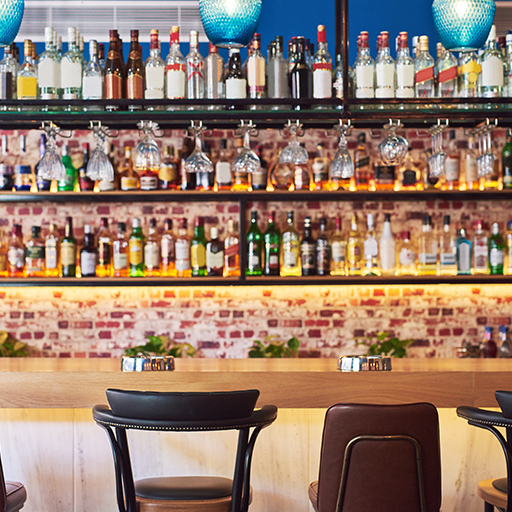
Manage Your Inventory with this Handy Worksheet Checklist
Stocking your back bar to meet your guests' needs is absolutely crucial to profitability. Download this printable worksheet to help you maximize your inventory.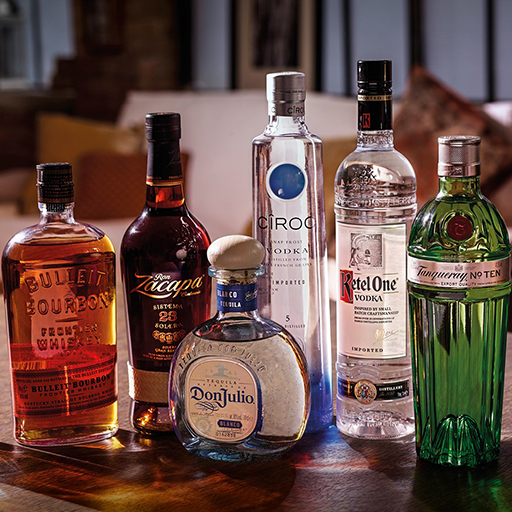
How to Stock Your Backbar Profitably
Learn how to properly stock your backbar with the right products to boost the profitability of your venue.
Bar Management
Take your bartending skills to the next level with valuable insights, tools, techniques and online courses to enhance your bar career.
